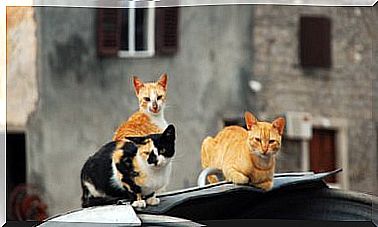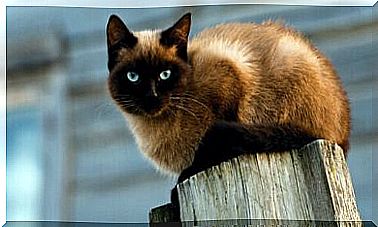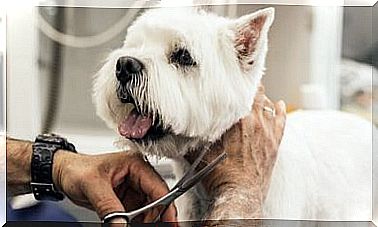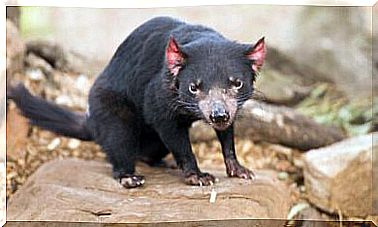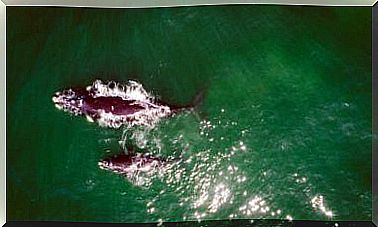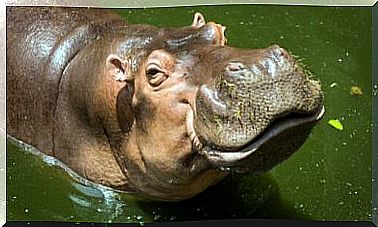6 Animals With Melanism
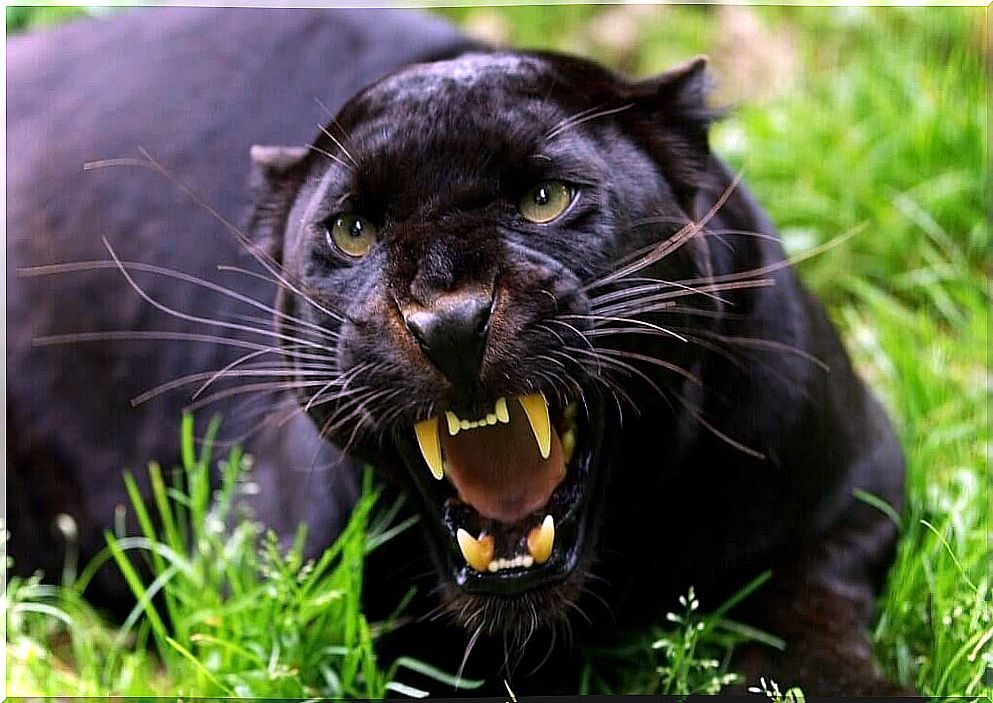
The color patterns of the fur, skin and feathers of living beings are defined according to their species and genetic code. However, sometimes there are gene mutations that produce changes in color, as is the case in animals with melanism.
Albinism or leukism produce animals with partial or complete lack of pigmentation. There are also animals with melanism, which give rise to an intense black color. Unlike albinos, melanistic animals appear to be well adapted to the environment and develop fewer associated diseases.
This means that, even in certain species, melanistic individuals stand out over those with typical tegument. In the following lines, you will find more information about melanism and some very curious examples of melanistic animals.
What is melanism?
The color of animals and the pigments that produce the different shades is a science within zoology. The various patterns of tones that exist in living beings are usually due to a greater or lesser concentration of certain pigments.
The white color of animals, for example, is due to the total lack of any pigment. On the other hand, the different shades of grey, blue, black and brown are the result of a different degree of accumulation of melanin, its pattern of distribution and how it reflects sunlight.
Other colors, such as yellow, orange or red, are the result of the accumulation of plant pigments, such as carotenoids. Animals achieve these pigments through a partially or fully vegetarian diet. However, there are cases such as the Egyptian vulture – a diurnal bird of prey – which reaches its yellow hue when eating fresh cow feces.
The basis of all pigmentation in animals is melanin, which is produced by cells called melanocytes. Certain genetic mutations cause melanocytes to produce more melanin throughout the animal’s body – not just in areas where, depending on the species, they should appear.
Melanism should not be confused with melanosis, a disease that causes excessive accumulation of melanin in tissues and is associated with pigmented malignant tumors.
There are many species of animals with cases of melanism. In all of them, this color gives, in one way or another, an advantage over the rest of the population. Without further ado, let’s look at some examples of animals with melanism.
Animals with industrial melanism
One of the most important cases of melanism in animals is that of moths Biston betular shop . These insects suffered the consequences of the industrial revolution produced in the last century.
Initially, moths of this species were white with black spots, but due to environmental pollution and the darkening of the tree bark by residues from the coal industry, the moths began to darken.
In fact, moths did not change to survive, but those that were born black went unnoticed in the blackened trees and survived predation, being able to reproduce. Evolution is not a conscious mechanism: mutations are random, but they may or may not benefit the individual.
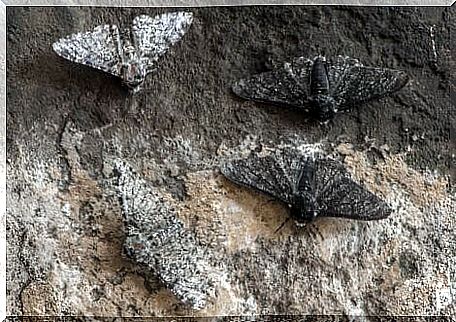
As in the case of these moths, there are other examples of industrial melanism in animals, such as the sea snake Emydocephalus annulatus . These snakes are black when they inhabit places with a high degree of contamination, while in healthy ecosystems they maintain their natural color.
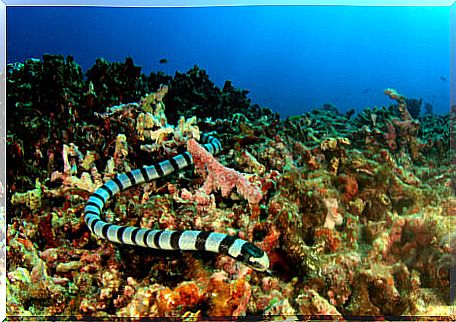
the case of the black wolf
The black wolf or melanin wolf is nothing more than a variation of the gray wolf ( kennels lupus ). Scientists believe these animals acquired this color due to hybridization with domestic dog breeds, whose offspring continued to breed with wolves.
Science has also shown that black wolves have better adaptations for hunting at night, appear to be more resistant to disease, and therefore reproduce more.
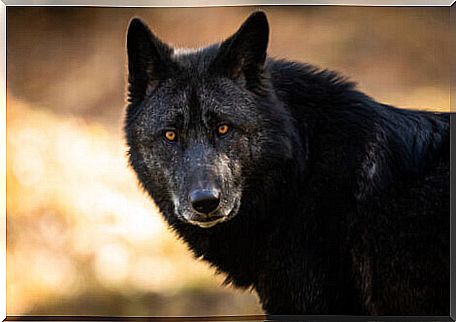
The Spodoptera Exeta worm
the worm Spodoptera Exeta is another of the animals with melanism that exist in the world. These insects are moth larvae that live in large groups.
One of the problems of community life is that diseases and pathogens are more easily passed from one individual to another. Recent studies have shown that melanism in these animals is linked to the production of an enzyme that makes them totally resistant to pathogens.
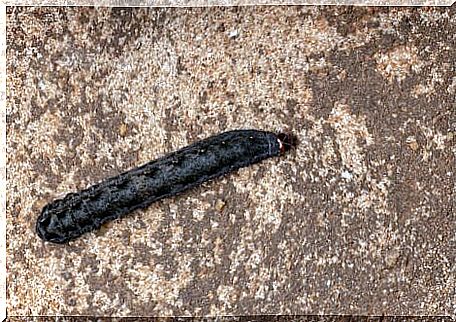
black lizard with blue tongue
Another species that benefits from having a mutation that gives it a beautiful black color is the tongue lizard. T iliqua scincoides scincoides . This animal, usually the color of the earth, uses its dark skin to absorb more solar energy, without the need to be exposed for so long and so often to the sun.
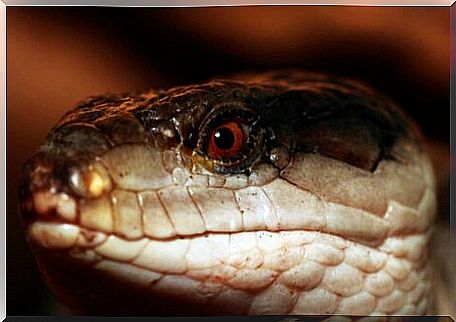
Animals with melanism: the black panther
The black panther may be one of the most popular icons among animals with melanism. In fact, this animal does not come from a single species, as both jaguars and leopards are commonly called black panthers when they have this mutation.
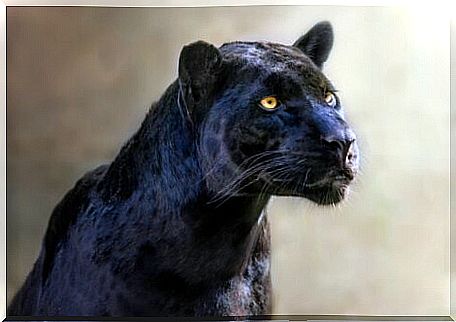
There is no doubt that black animals are really precious and, furthermore, the fact that they are so benefits them as a species and as individuals, since most of the time it only brings advantages. It is also surprising how many animals develop melanism as an adaptation to man-made pollution.



